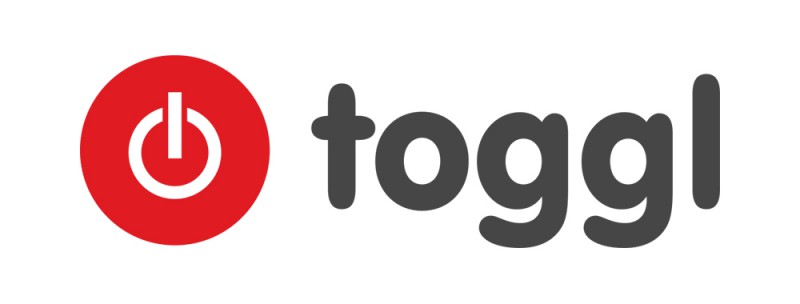For the past year, the University of Michigan Library IT (LIT) division has been devoting time & resources to conducting a thorough self-assessment. These efforts have included discussions focused on our application infrastructure, our division communication patterns, and our service workflows. And while these discussions were instrumental in helping identify challenges and potential solutions, we wanted to begin to collect hard data to help better understand the complexity of our work, to learn more about our capacity for new projects, and to review how we allocate resources. Our hope was that by having actual numbers we would be able to confirm assumptions about how we work, as well as provide us with concrete examples to illustrate the work of the division to our Library colleagues.
Designing our workload study
To gather the desired metrics, we designed a division-wide workload study to capture the following information from all LIT staff:
- what things (projects, initiatives, applications) are people working on?
- who are they doing the work for (Library colleagues, other campus units, external partners)?
- what type of work is happening (bug fixes, development, project management, end-user support)?
With these questions in mind, division management created lists of our projects, our clients, and our tasks, creating what amounted to a controlled vocabulary to use for the study. The development of a project list proved to be the most challenging aspect of designing the study and our list went through many (many, many) iterations before we settled on the appropriate level of granularity, while also ensuring that each member of our division (all 60+ of us) saw his/her work represented in the study.
Selecting a tool
Since we were asking the entire division to participate in the study, our chief goal was to identify a tool that would be easy to use, while also keeping in mind the tool’s cost, reporting capabilities, and opportunities for customization. There are a number of time-tracking tools on the market. Most are designed for freelancers, so we also wanted to select a tool that minimized the emphasis on billable hours or associated activities with a dollar amount.

After researching a number of different options, we decided to set-up our study in Toggl, a web-based time-tracking tool. Using Toggl, we were easily able to map our lists of projects, clients, and activities to a private workspace for LIT staff to access from his/her computer or mobile device. Toggl has an easy to use start/stop button, but LIT staff can also log time manually at their convenience. In addition, Toggl nicely integrates with Google apps, such as Gmail, Docs, and Calendar.
Early results
We started the workload study as a 2-month pilot, and from that brief period, we were able to determine a number of things from the data captured. For example,
- the number of of hours spent on each project
- the balance between operational work and project work
- the amount of effort LIT is devoting to internal vs. external partners
After two months, we came together as a division to assess the study, the tool, and the data the study captured. During the discussion, it became clear that the two month pilot did not represent a typical workload for the division. For example, certain staff members were on vacation during the pilot and their activities weren’t captured. Also, due to the timing of the pilot and the projects we were working on, it appeared that the division did a lot of work for one of our partners and almost no work for another. Because of this, the division decided to continue the study for one year and then once again reassess the data captured to see if an even longer study is needed.
Next steps
As we continue to proceed with the workload study, our lists of projects, clients, and tasks continue to be revised as the division starts new initiatives and identifies new partners. And while Toggl auto-generates a number of visuals based on our data, we’re investigating other options to visualize the workload study data to both LIT staff and Library colleagues.
While it may seem rather self-absorbent to devote time and resources to a workload study, we feel the data gathered will be incredibly beneficial to future decision-making for the LIT division.